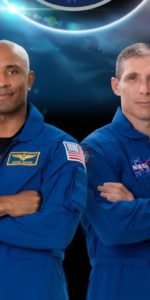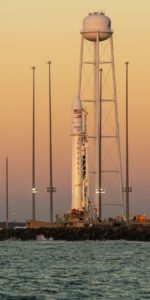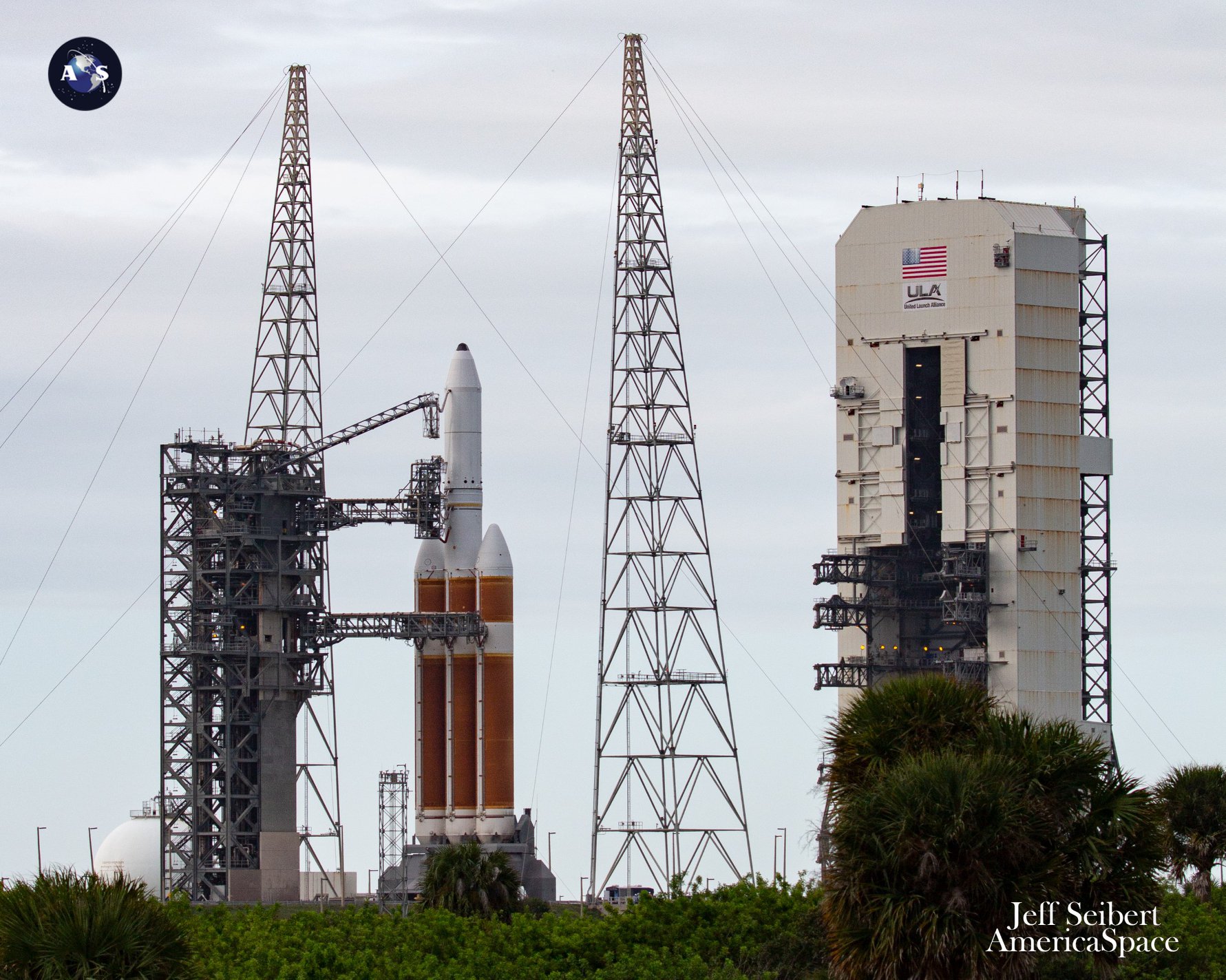
Misfortune twice visited the Space Coast earlier today, as both United Launch Alliance (ULA) and SpaceX suffered launch scrubs in the final critical seconds before they were due to kick off their respective missions. A triple-barreled Delta IV Heavy on Space Launch Complex (SLC)-37B at Cape Canaveral Air Force Station and a previously-flown Falcon 9 on historic Pad 39A at the Kennedy Space Center (KSC) must wait a little longer before their chance to get airborne. At the time of writing, neither has been assigned a new launch date.
With hopes of seeing four launches from the United States’ eastern seaboard this week now pretty much gone, all eyes now turn to Pad 0A at the Mid-Atlantic Regional Spaceport (MARS) on Wallops Island, Va., where a Northrop Grumman Corp. Antares 230+ rocket is set to launch the heavily laden NG-14 Cygnus cargo ship to the International Space Station (ISS) at 9:38 p.m. EDT Thursday.
The action of the “day”—or perhaps “night”—began with an ultimately fruitless attempt by ULA to launch its beleaguered Delta IV Heavy with the highly secretive NROL-44 payload for the National Reconnaissance Office. Having sat out on SLC-37B since last November, to say that this mission has been postponed multiple times would be the understatement to end all understatements. Originally targeted to fly in June, it was pushed firstly to 26 August, then to the 27th, both at the request of its customer. This third try was thwarted by a ground pneumatics control system issue and after a two-day scrub all seemed ready to fly in the small hours of 29 August.
On that occasion, however, the countdown reached T-3 seconds, before the Terminal Countdown Sequencer Rack (TCSR) autonomously (and dramatically) commanded a “Hot Fire Abort”. As is characteristic of the Heavy’s staggered engine-start and ramp-up sequence, the starboard-side Common Booster Core (CBC) roared to life as planned at T-7 seconds, but the proper conditions were not met for the ignition of its center and port-side counterparts at T-5 seconds. This fourth attempt was called off as ULA initiated an investigation, which zeroed-in on one of three pad-side regulators. All three were removed, refurbished and tested, before being reinstalled into the Delta IV Heavy.
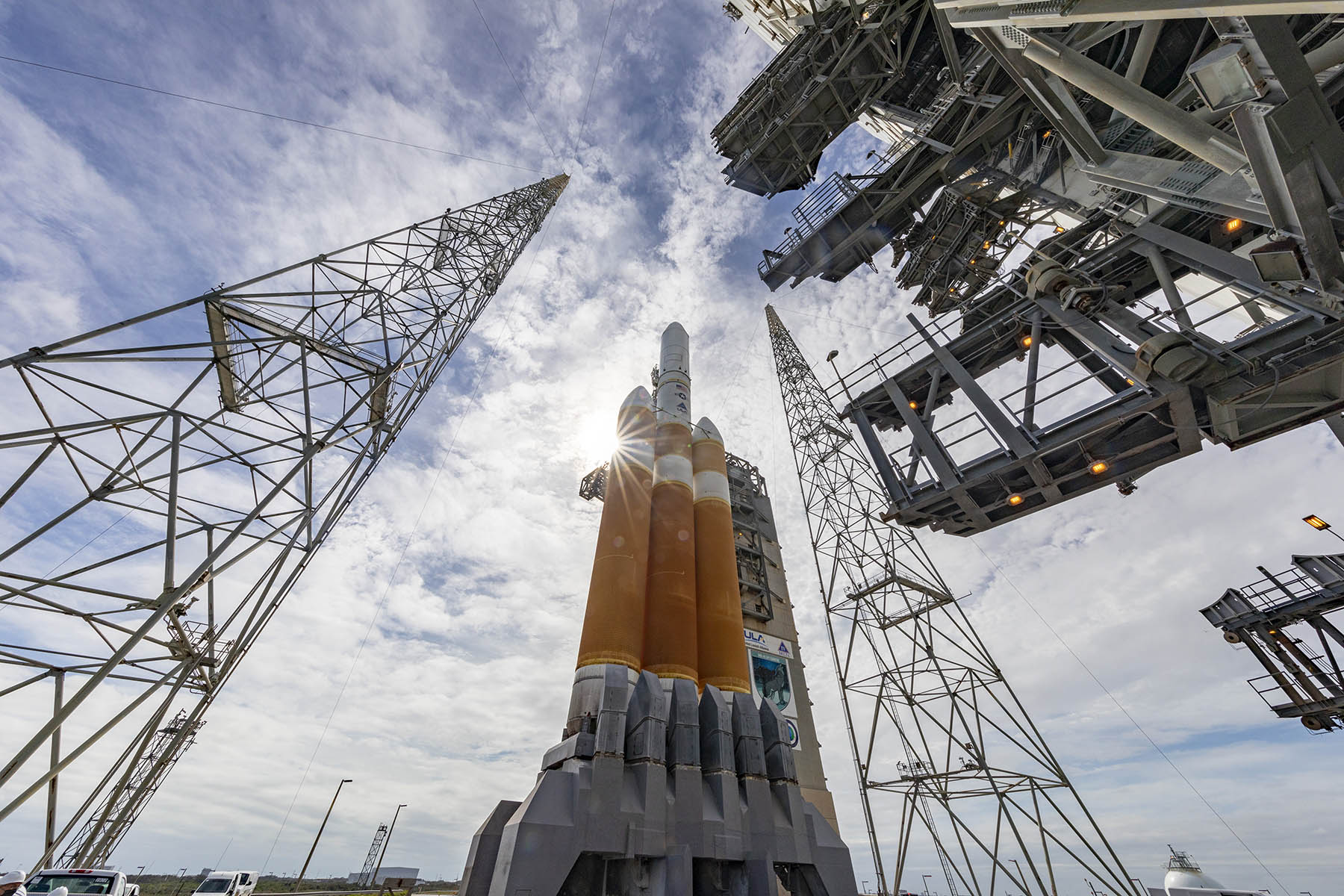
But misfortune was not yet done with the mission. Hopes of flying on 26 September came to nothing when a hydraulic issue with the launch pad’s swing-arm system arose, forcing another three-day slip. Two more back-to-back scrubs earlier this week were forced by the intractable Florida weather, with lightning warnings and the need to remove the pad crew to safety eating into their respective countdowns. A hydraulic hose failure in the Mobile Service Tower (MST) piled yet more frustration onto the proceedings.
Finally, with a 90-percent probability of acceptable weather, all seemed to be ready for another launch attempt at 11:54 p.m. EDT Wednesday. Countdown operations proceeded without incident and the 300-foot-tall (100-meter) MST was rolled back to reveal the Delta IV Heavy in all its splendor. Rolling at a glacial pace of a quarter-mile-per-hour (0.4 km/h), the MST reached its launch position within about 45 minutes and was declared “hard-down” and secured. Over the next few hours, the giant rocket’s avionics were powered up and the guidance and flight control systems were run through their requisite tests.
As fueling got underway and over 440,000 pounds (200,000 kg) of liquid oxygen and hydrogen propellants were loaded into the Delta IV Heavy’s tanks, the weather outlook brightened. “Tanking continues,” tweeted ULA CEO Tory Bruno shortly after 9:45 p.m. EDT. “Board is green.”
The only issue of any concern came about an hour before the scheduled liftoff, when Anomaly Chief Dave McFarland and his team convened to review data readings. “The anomaly resolution team has determined that a computer-checked redline limit will instead by monitored manually,” ULA reported at 10:50 p.m. EDT, “thereby working around the concern for the test readings issue to trip up the terminal countdown.” A slow-to-respond pad swing-arm sensor was “masked-out” to avoid causing further problems.
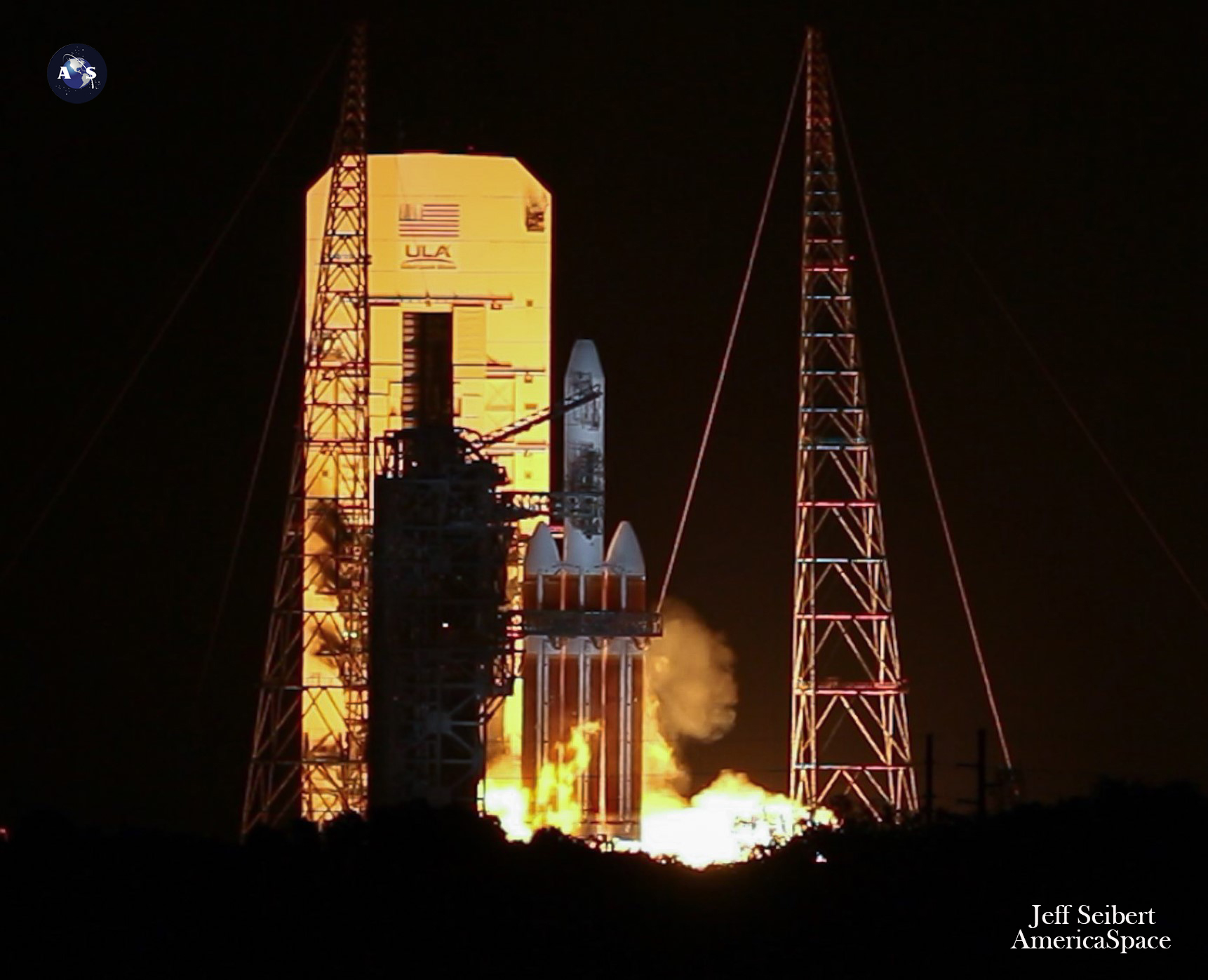
Finally, the countdown’s second and final pre-planned hold at T-4 minutes got underway at 11:35 p.m. EDT, as more than two dozen engineers were polled for their readiness by ULA Launch Conductor Scott Barney. At length, ULA Launch Director Lou Mangieri and NRO Mission Director Col. Chad Davis gave their permission for the launch to go ahead. The clock resumed ticking down from T-4 minutes at 11:50 p.m. EDT.
All was quiet on the countdown net, as the propellant tanks properly attained their correct levels and flight pressures. The Delta IV Heavy transitioned from ground power to internal power, its on-board ordnance was armed and its flight software went active at T-80 seconds.
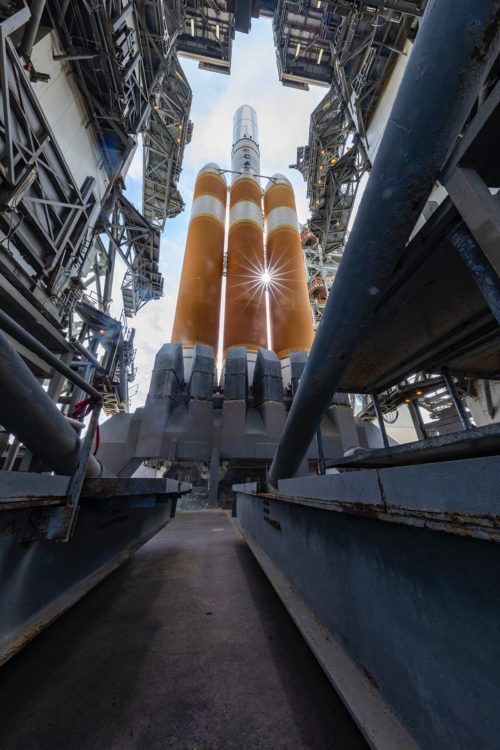
A final Status Check produced a definitive “Go” across the board and at T-14 seconds the pad-side Radial Outward Firing Igniters (ROFIs) came to life like glittering sparklers to clear unburnt hydrogen from the vicinity of the engines. But as the last seconds ticked away, something did not look quite right, for the engine-side ROFIs did not fire. At T-7 seconds, with the same ominous pall of ashen-gray smoke last seen on 29 August, the Delta IV Heavy seemingly came alive, then fell silent, as abort calls rang out across the net.
“We experienced an automated abort because a sensor reported a fault,” tweeted Mr. Bruno in the aftermath of the scrub. “Automated Safety System operated as intended. Bird and payload are safe and unharmed. Engine ROFIs were not fired. Turbopumps were not spun up. Mission safety first.”
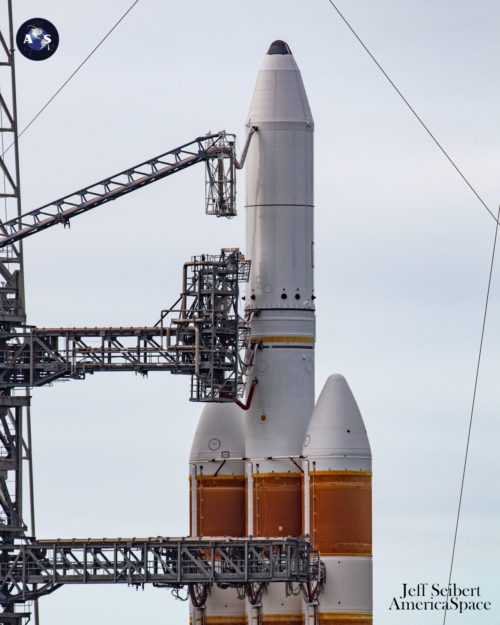
As frustrating as yet another scrub for the snakebitten Delta IV Heavy might be, the rocket’s safety systems performed as advertised. “Recycle is always a better trade,” tweeted Mr. Bruno, “than the risk of killing a billion-dollar payload that took many years to build.” ULA has yet to determine when it might try again to launch NROL-44, noting only that “the team is currently reviewing all data and will determine the path forward”.
In the meantime, on Pad 39A at KSC, SpaceX was readying its 17th Falcon 9 mission of the year. The previously-flown B1058 core and its sparkling-new upper stage were in the final stages of readiness to deliver 60 Starlink internet communications satellites into low-Earth orbit. Its mission has been waiting in the wings for two weeks, having initially been targeted to fly on 17 September.
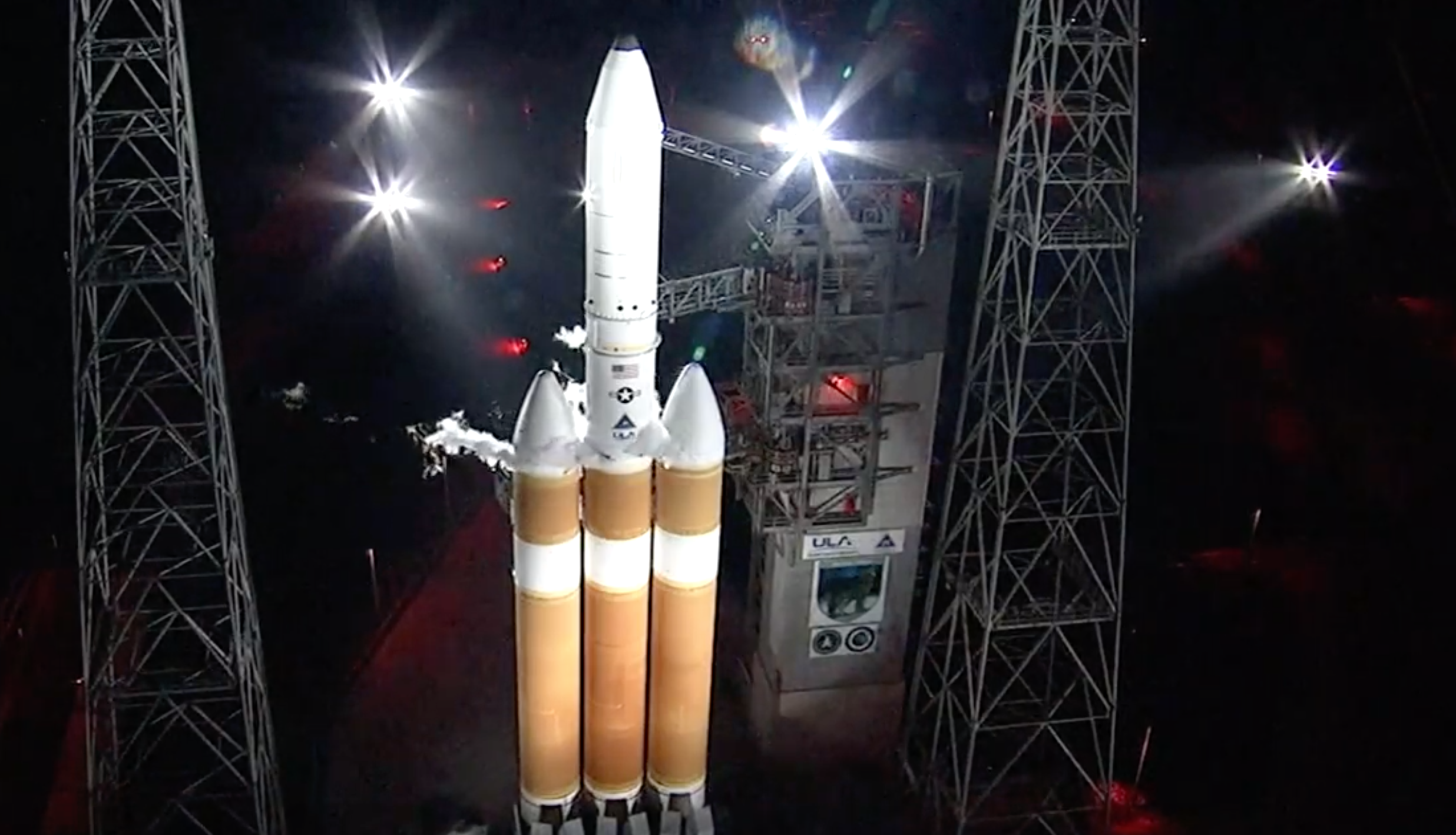
But that first launch attempt was routinely postponed by 24 hours in response to the indirect threat posed to the Space Coast by Tropical Storm Sally. Although SpaceX noted that it would be closely “watching the weather” on the 18th, it ultimately opted to stand down from further launch preparations, pointing to predicted poor sea conditions in the booster recovery area.
This likely would have hampered the efforts of the Autonomous Spaceport Drone Ship (ASDS), “Just Read the Instructions”, to safely execute its third East Coast “catch” of a returning Falcon 9 core. “Current was too strong for drone ship to hold station,” SpaceX founder Elon Musk tweeted on the 18th. “Thrusters to be upgraded for future missions.” As such, this is one of very few occasions where SpaceX has prioritized the safe return of a booster as a deciding factor in scrubbing a launch. Of course, Starlink is an in-house SpaceX program and on a commercial or government launch the safe return of the booster ordinarily would not be prioritized over the safe delivery of the payload.
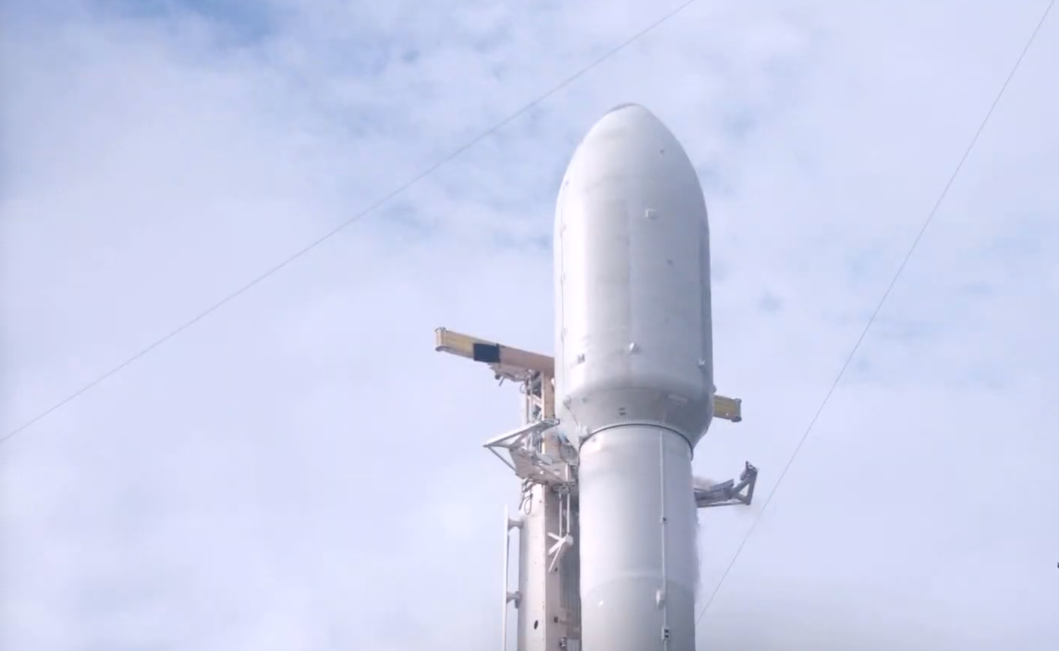
Following the scrub, JRTI returned to Port Canaveral on 20 September and a few days later her sister ASDS, “Of Course I Still Love You”—veteran of over 30 successful Falcon 9 recoveries since April 2016—put to sea in her stead, bound for a position about 390 miles (630 km) off Cape Canaveral in the Atlantic Ocean.
Launch preparations for this morning’s scheduled 9:17 a.m. EDT liftoff entered high gear about 35 minutes before T-0, when SpaceX engineers began loading liquid oxygen and a highly refined form of rocket-grade kerosene (known as “RP-1”) into the Falcon 9 propellant tanks. Then, with picture-perfect skies and all seemingly going smoothly, the countdown stopped abruptly at T-18 seconds and the launch attempt was aborted, due to an “out-of-family” ground sensor reading. The clock was recycled to T-15 minutes and holding, but it did not stay for long and SpaceX quickly declared a scrub for the day.
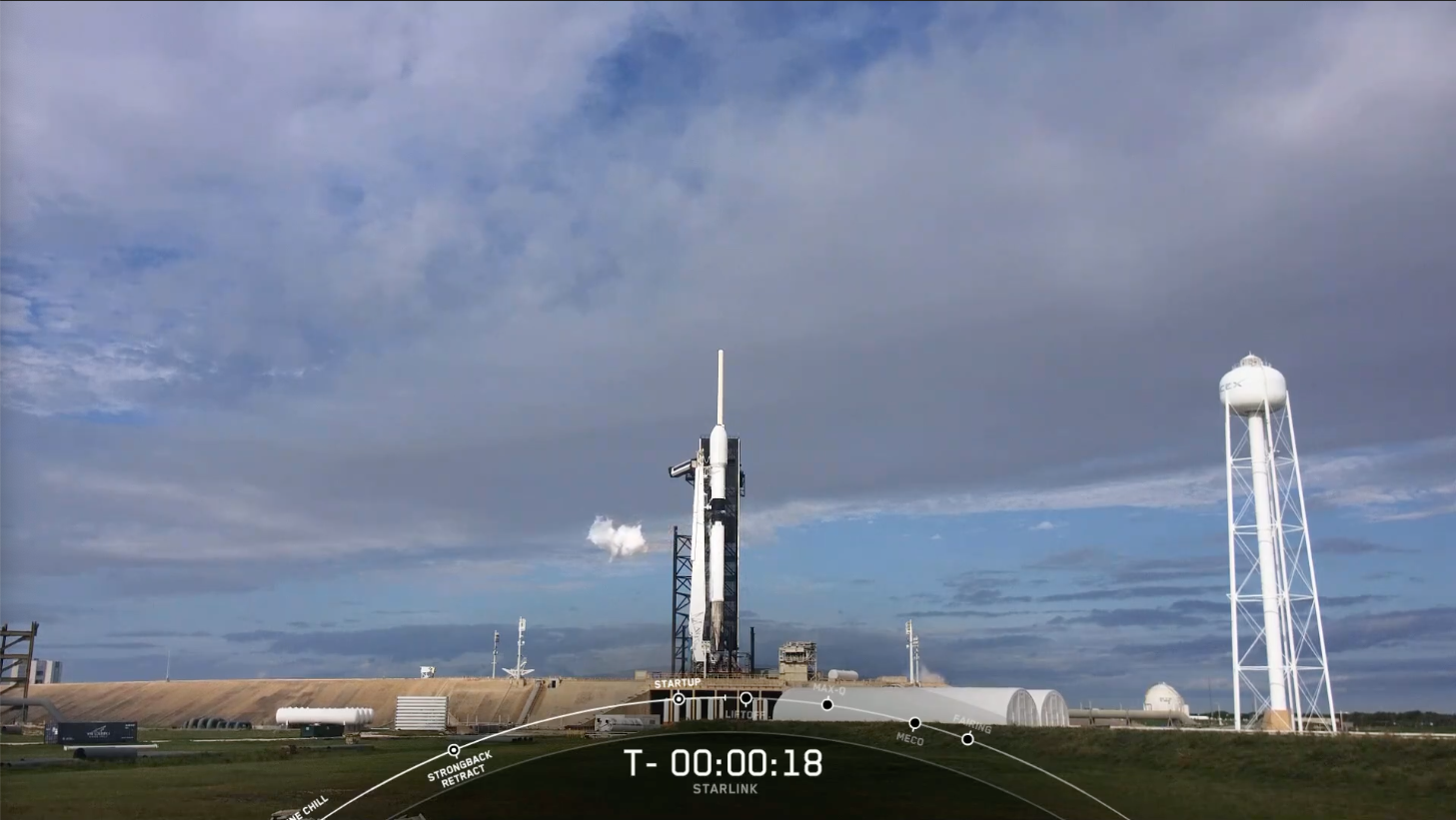
“Standing down from today’s Starlink mission due to an out-of-family ground system sensor reading,” it tweeted shortly afterwards. “Will announce a new target launch date once confirmed on the Range.”
With both the ULA Delta IV Heavy and the SpaceX Falcon 9 thus aborted in the final seconds before their respective missions, eyes now turn to Pad 0A at the Mid-Atlantic Regional Spaceport (MARS) on Wallops Island, Va., where a Northrop Grumman Corp. Antares 230+ booster is set to launch at 9:38 p.m. EDT Thursday. Aboard the mission is the NG-14 Cygnus cargo ship, bound for the International Space Station (ISS) and named in honor of STS-107 astronaut Kalpana “K.C.” Chawla.




